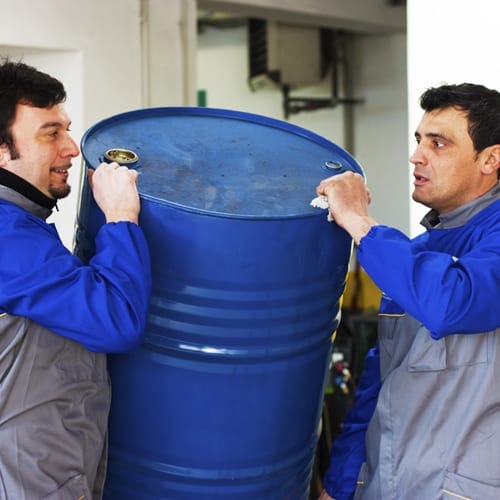Late last month, National Geographic reported on the Goliat, an oil platform that stands at more than 570 feet and weighs 65,000 tons. It will be stationed on the northeastern border of the Norwegian Sea later this year.
Since production of the rig has fallen behind original projections, this move represents a step forward for a risky and uncertain investment, even though the region in which it will be stationed is described as "manageable" by representatives of Eni Norge.
Eni Norge co-owns the Goliat rig along with Statoil, and once it is in its final intended place and active, it is expected to produce as many as 100,000 barrels of oil per day, while storing nearly a million more onboard, the source said.
The rig was towed to Hammerfest, Norway, and features facilities and amenities for a crew of 120 workers. In a press release posted on May 7, Eni Norge announced that the floating, production, storage and offloading facility (also known as the FPSO) was being transported to the drill location.
"At the field location, the FPSO will be connected to its 14 anchor lines," it read. "Then the cable supplying electrical power from the mainland will be connected and the risers installed. The anchor lines, power cable and risers have been pre-installed and are lying ready on the seabed. Next, the topside and subsea systems will be made ready for production operations."
Before a rig platform is even in operation, it could be exposed to possible risks through towing and other general preparations, especially in the dangerous Arctic regions that the Goliat rig is bound for. If a disaster arise at any stage of implementation or use, oilfield insurance helps operators address costly financial losses and recover.

